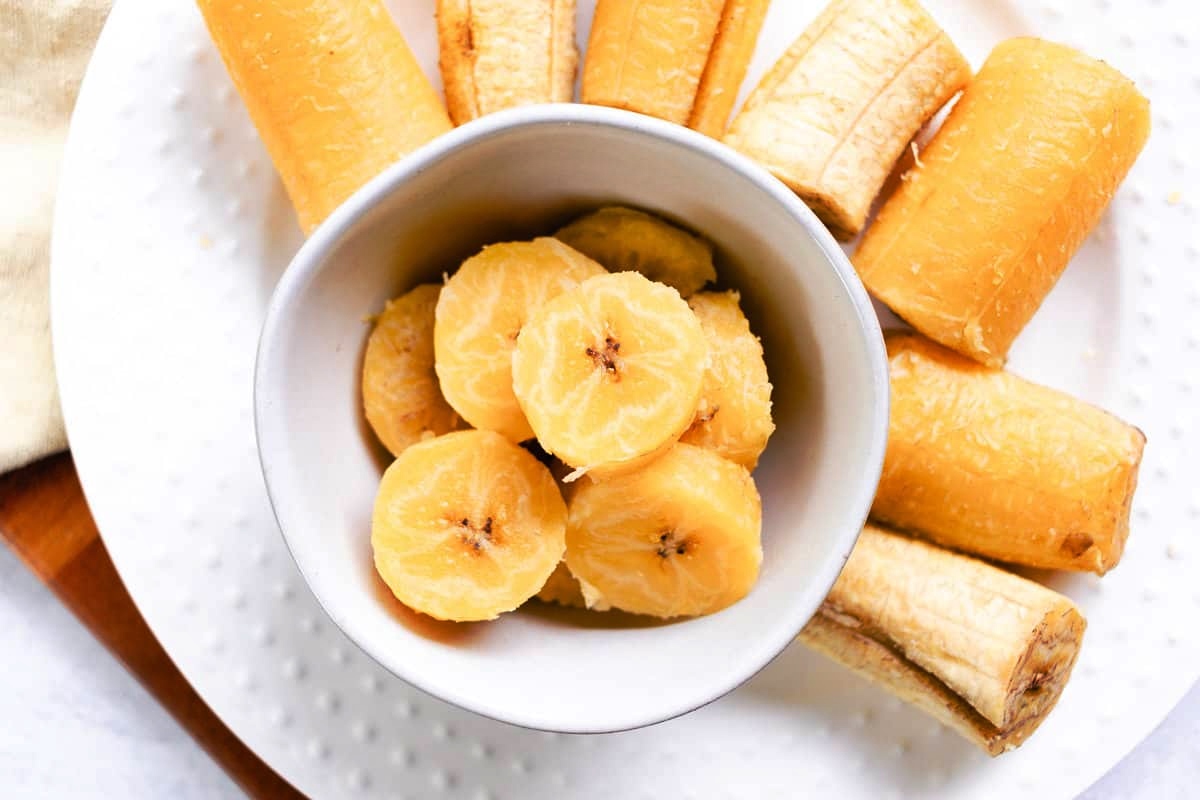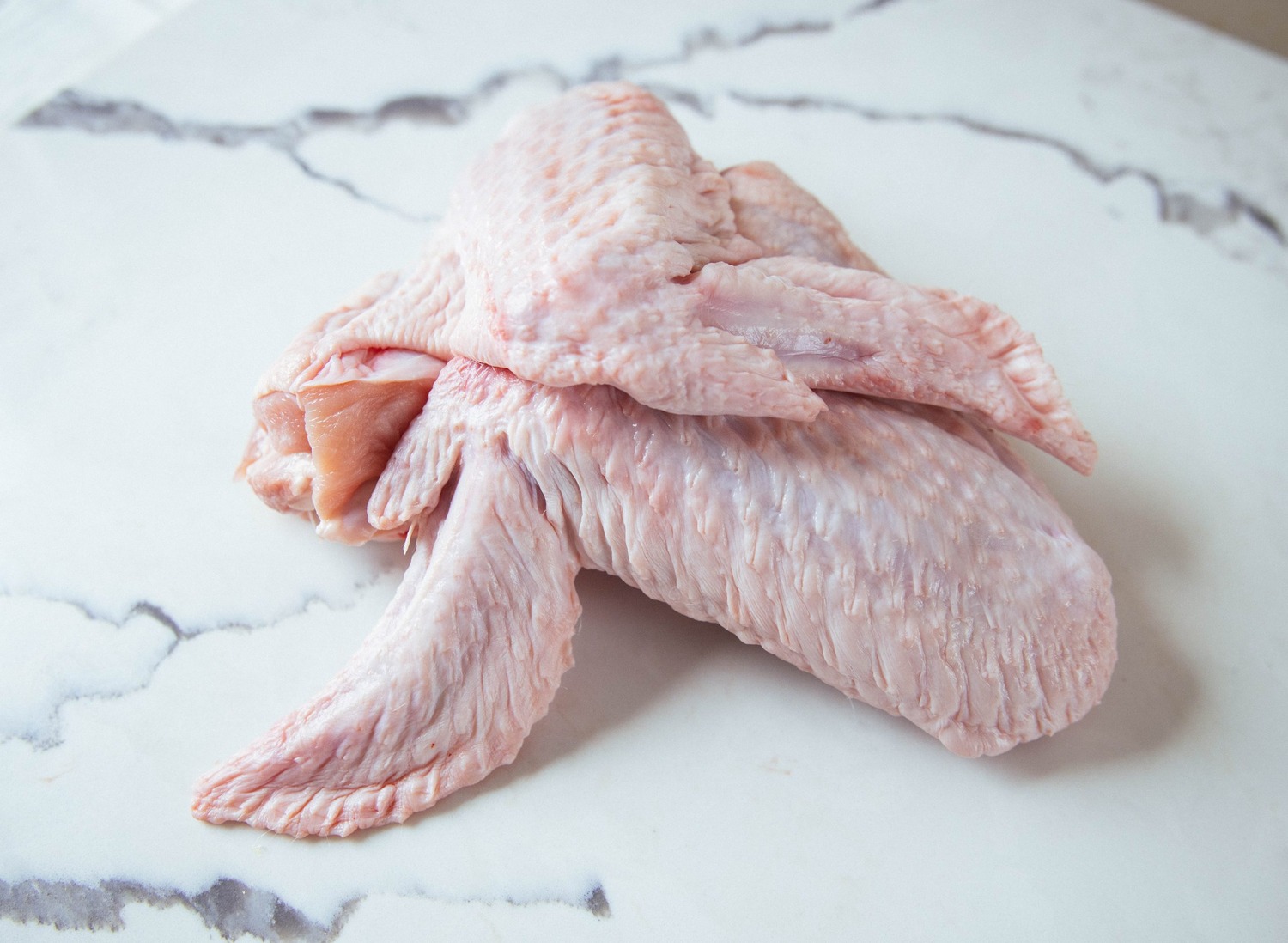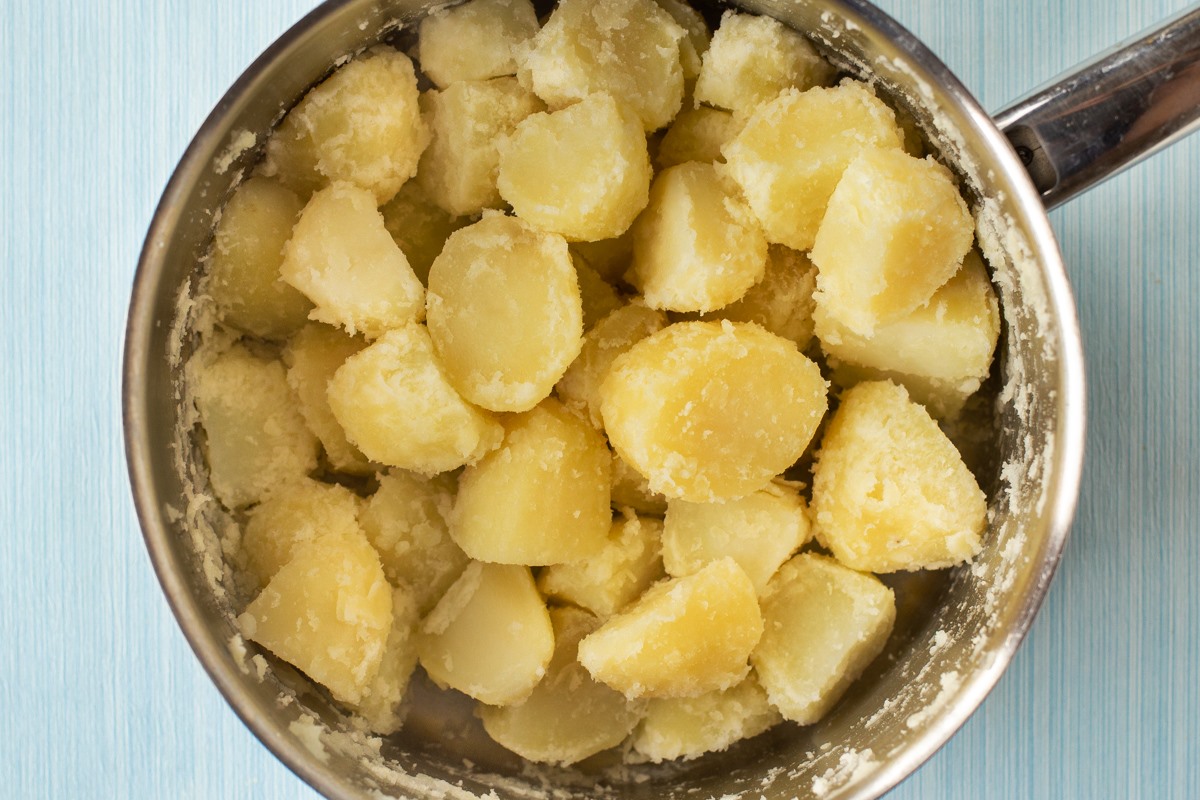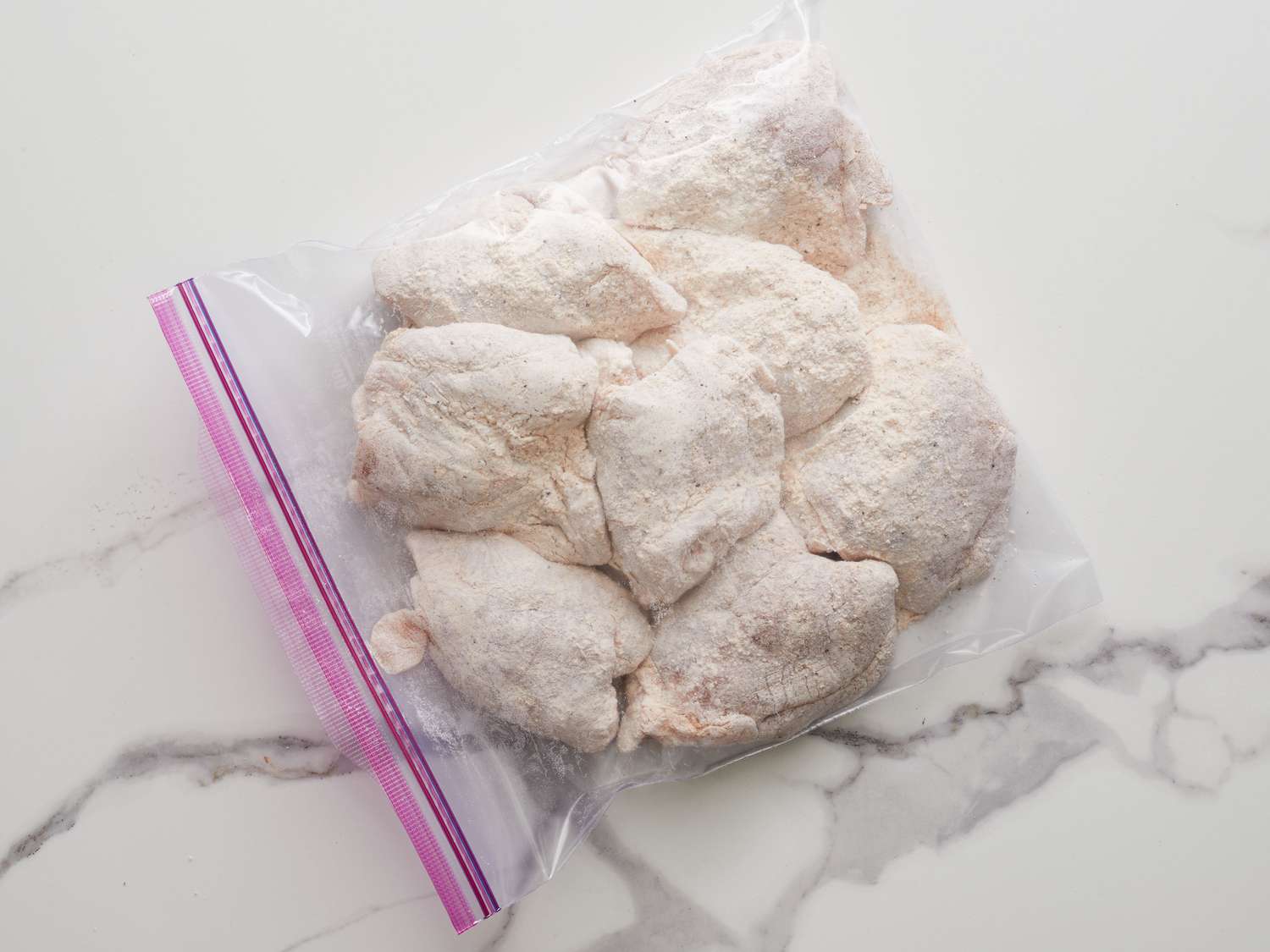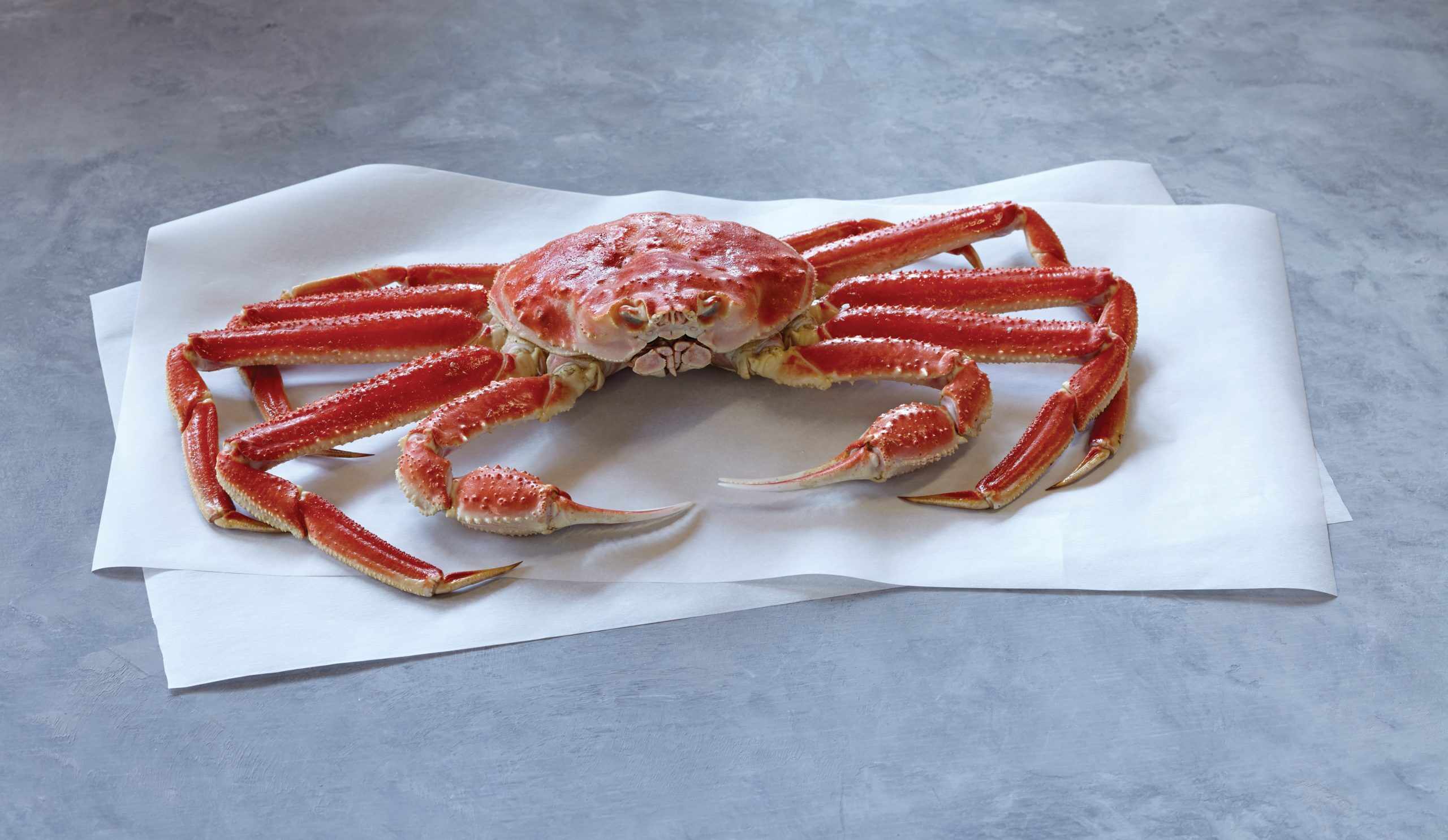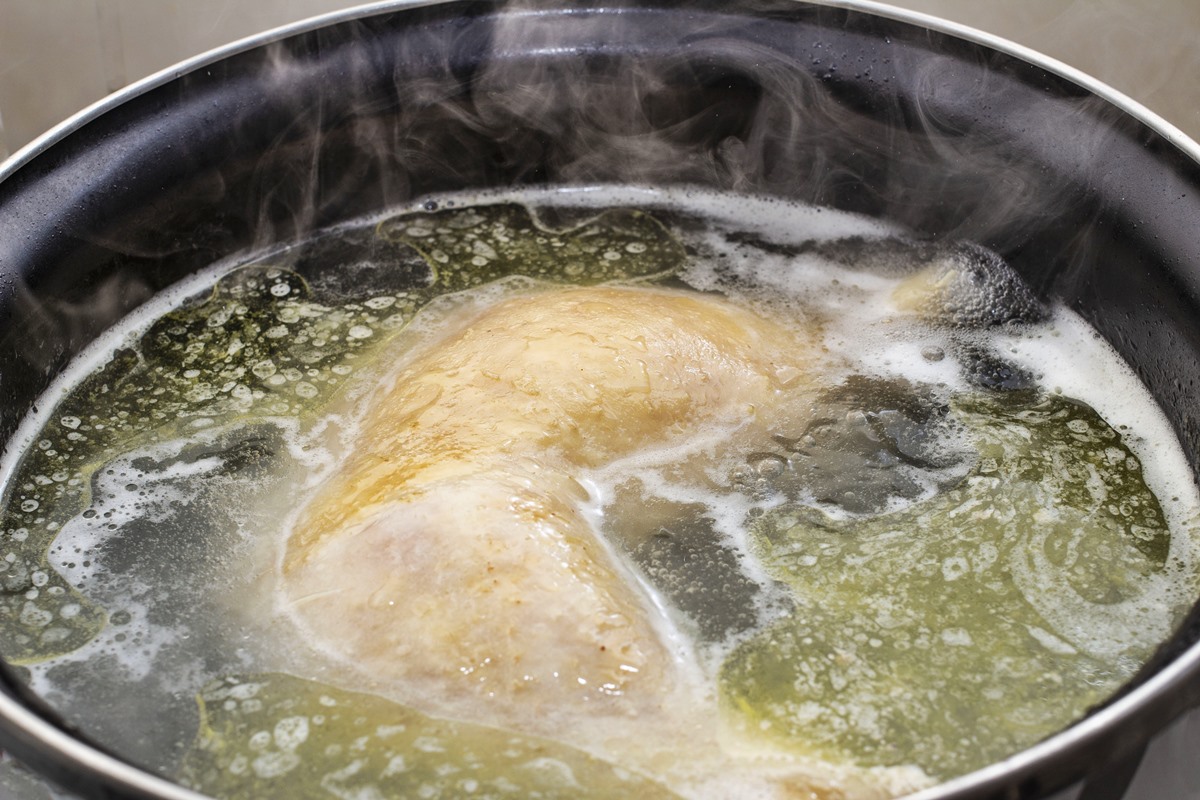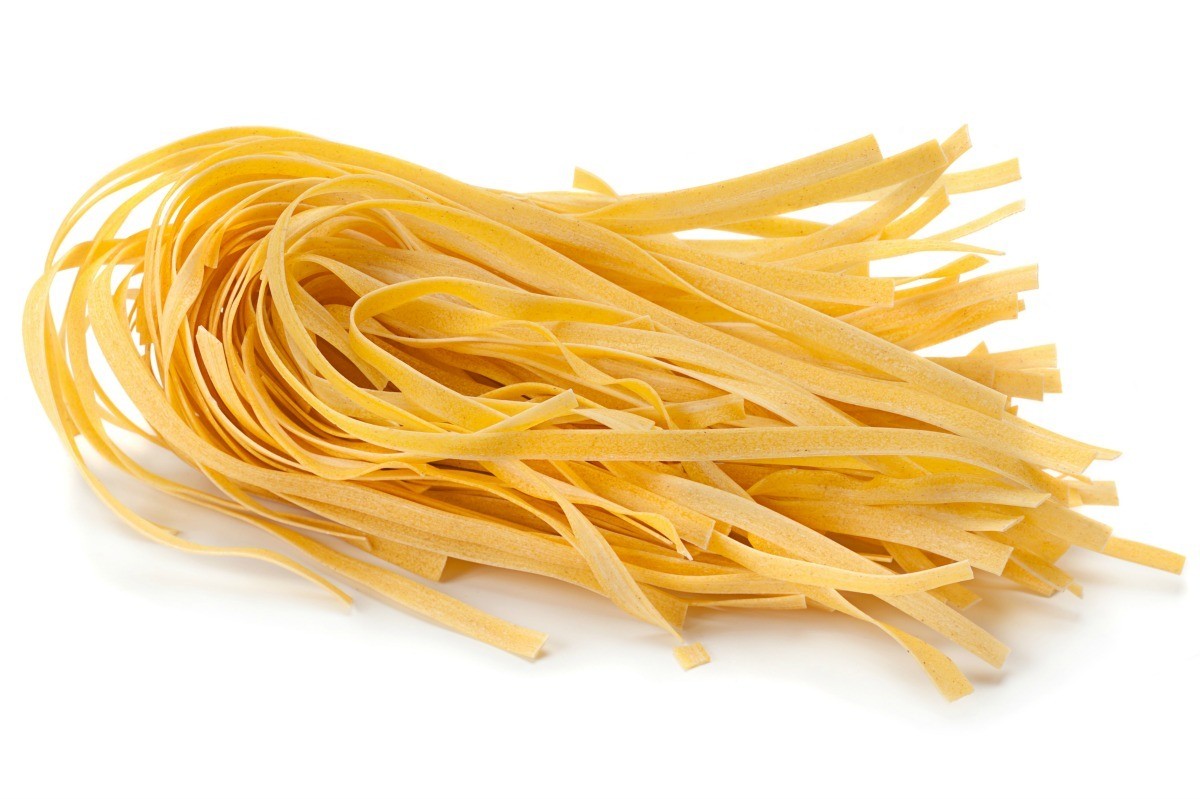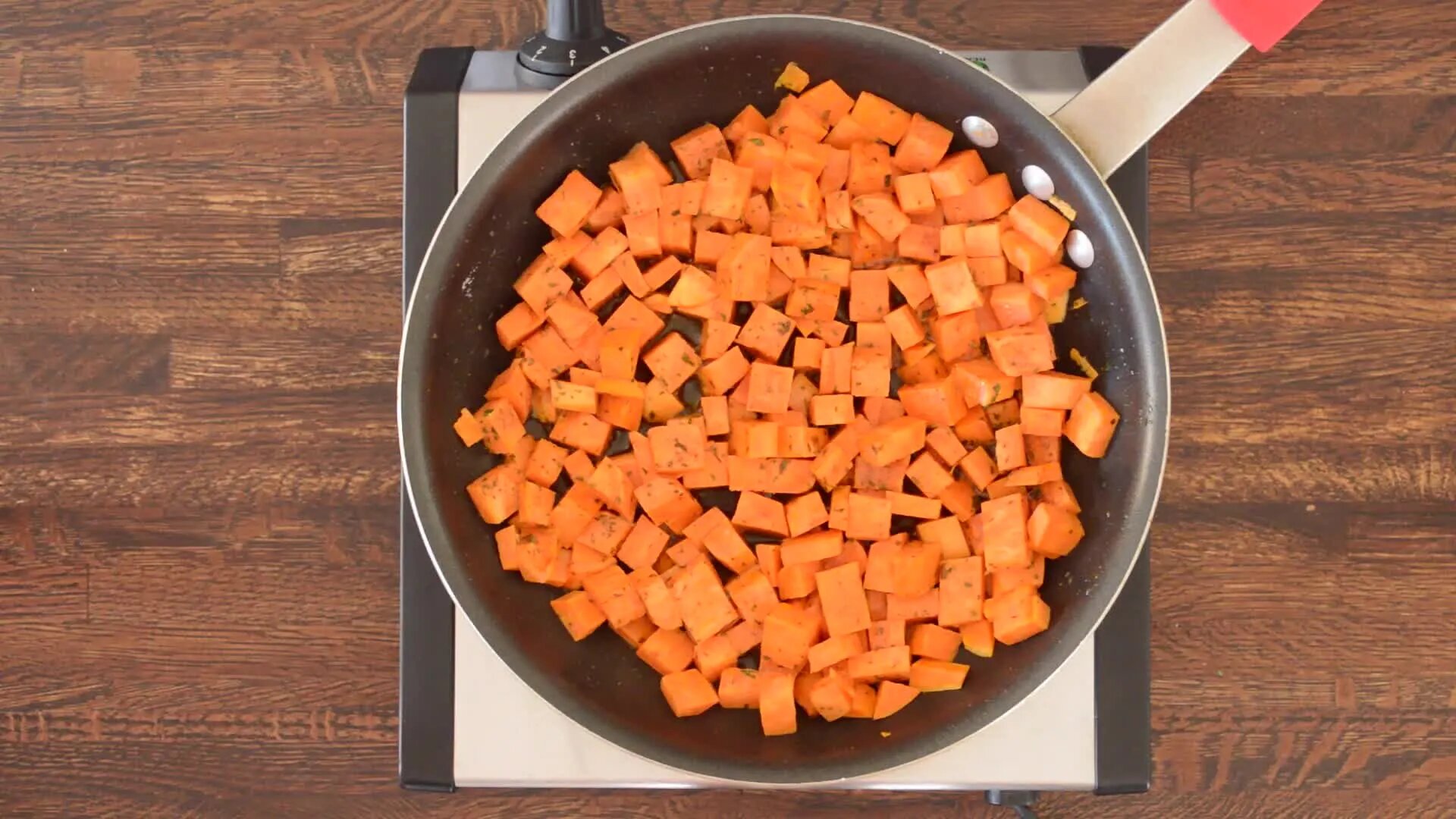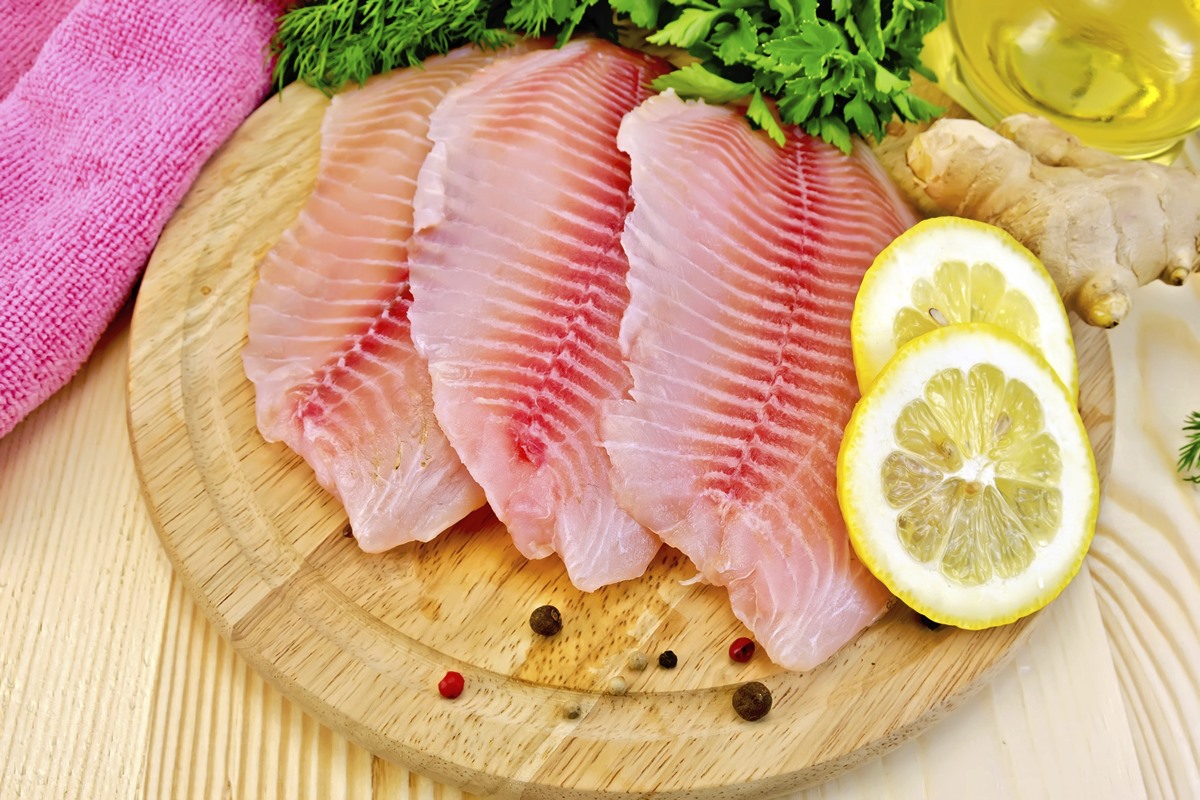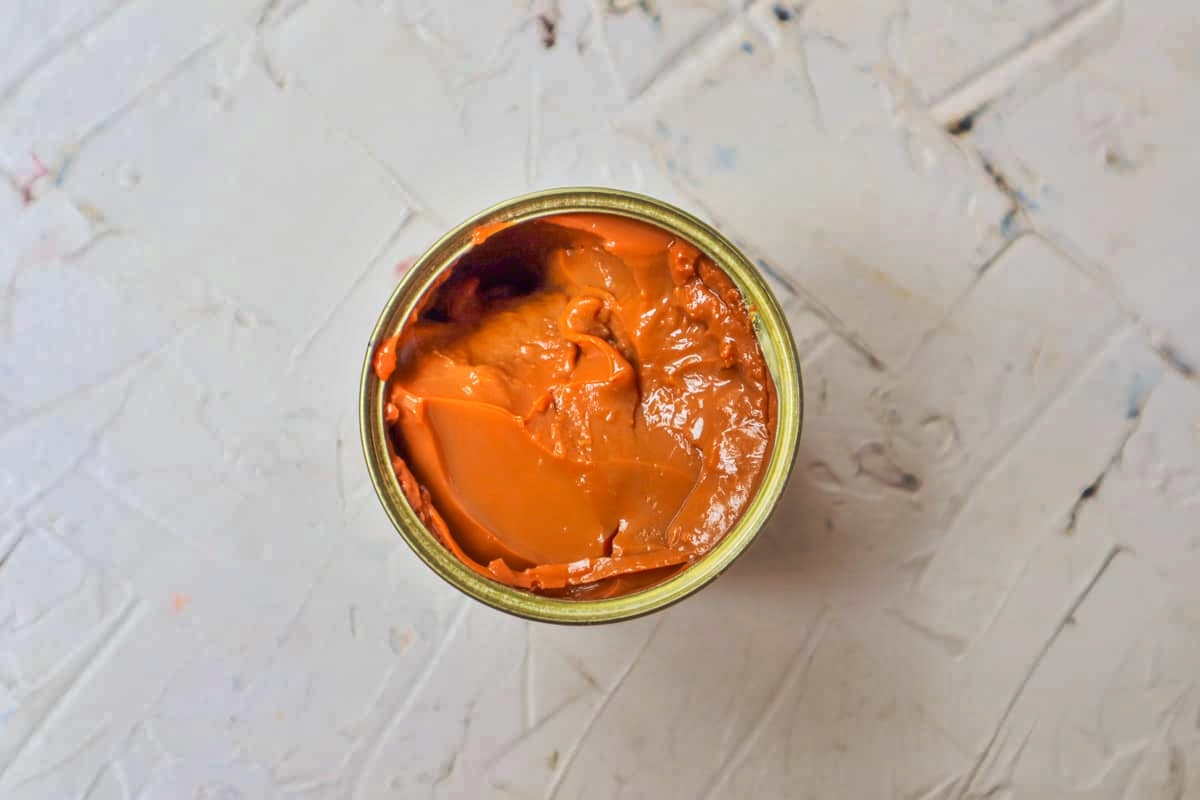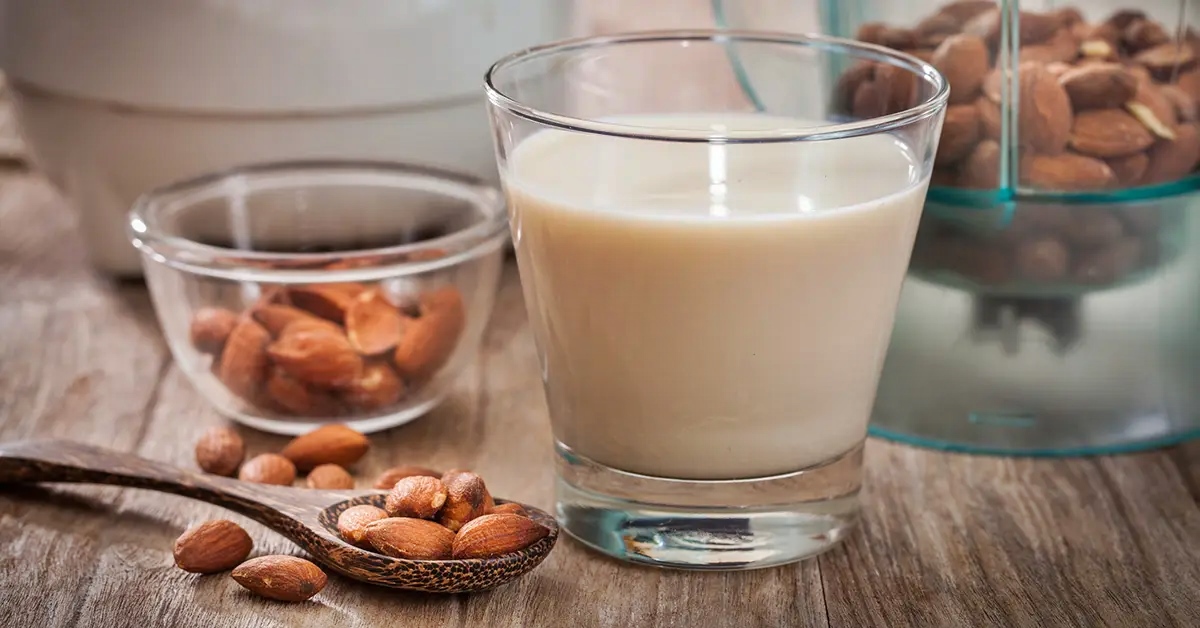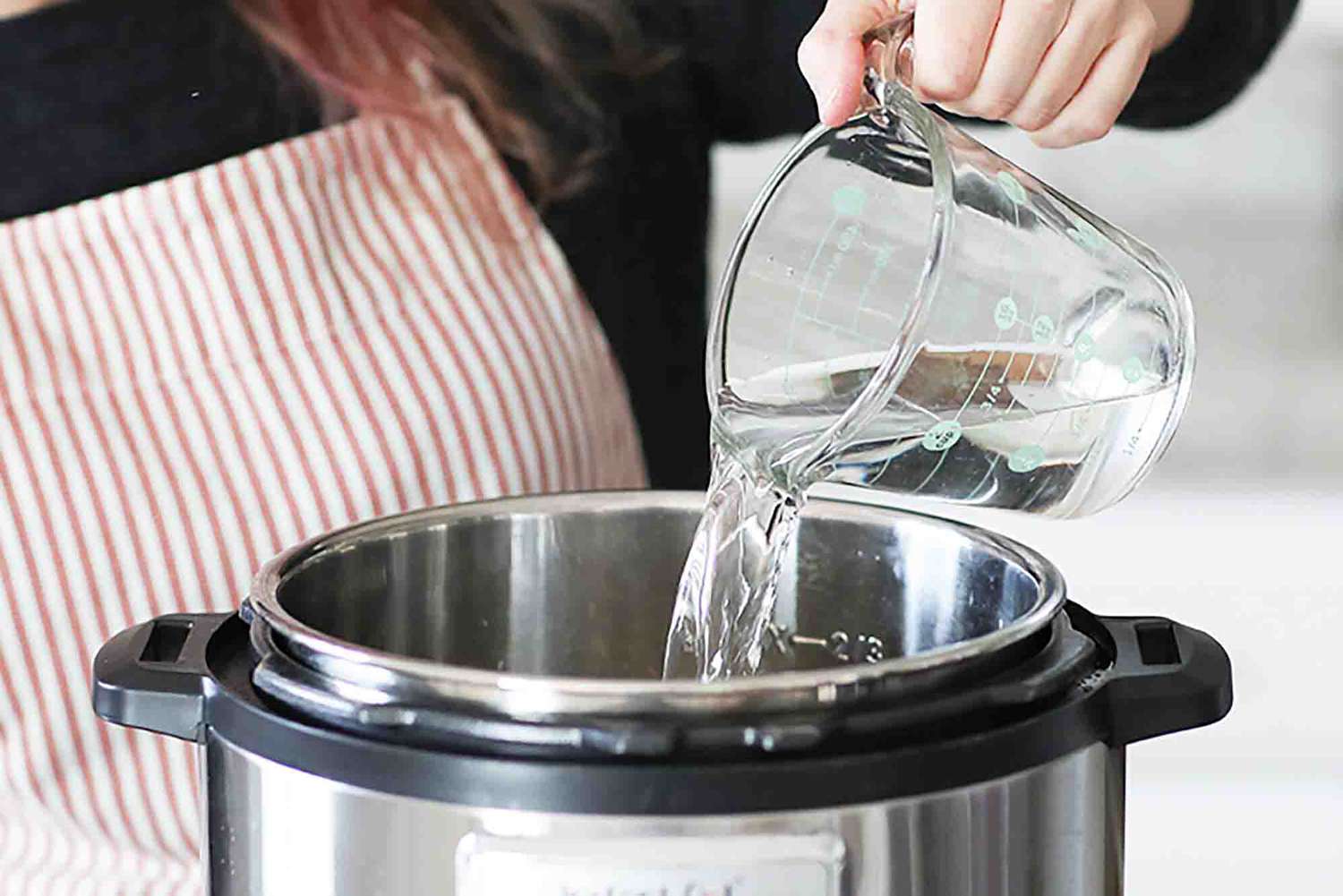Learn How To Boil Broccoli Rabe for a Perfectly Tender and Nutritious Side Dish
Broccoli rabe, also known as rapini, is a leafy green vegetable that is packed with vitamins, minerals, and antioxidants. It has a slightly bitter taste that adds depth to any dish. If you’re wondering how to cook broccoli rabe, boiling is a simple and effective method that preserves its vibrant color and enhances its flavor.
What You’ll Need:
- 1 bunch of fresh broccoli rabe
- 1 teaspoon of salt
- 4 cups of water
Instructions:
- Start by preparing the broccoli rabe. Give it a rinse under cold water to remove any dirt or debris. Trim off the tough ends of the stems, leaving just the tender parts.
- Fill a pot with 4 cups of water and bring it to a rolling boil. Add a teaspoon of salt to the boiling water.
- Once the water is boiling, carefully drop the broccoli rabe into the pot. Allow it to cook uncovered for about 2-3 minutes.
- To check if the broccoli rabe is cooked to perfection, use a fork to gently poke the stems. They should be tender but still have a slight crunch.
- As soon as the broccoli rabe reaches the desired tenderness, immediately remove it from the pot and transfer it to an ice bath. This will stop the cooking process and help retain the vibrant green color.
- Let the broccoli rabe sit in the ice bath for a couple of minutes, then drain it well.
- Your perfectly boiled broccoli rabe is now ready to be enjoyed as a side dish, added to pasta, or used in any recipe that calls for its nutritious goodness!
Boiling is a great way to prepare broccoli rabe as it helps to soften the bitter flavor, making it more palatable. Plus, it retains most of its nutrients, including vitamin C, vitamin K, and iron. Incorporating this versatile vegetable into your diet can contribute to improved digestion, stronger bones, and a healthier immune system.
Now that you know how to boil broccoli rabe, you can easily incorporate this vibrant green vegetable into your meals. Whether you’re a seasoned chef or a beginner in the kitchen, boiling broccoli rabe is a simple and straightforward cooking method that will give you delicious results every time.
Was this page helpful?
Read Next: How To Boil A Jammy Egg
